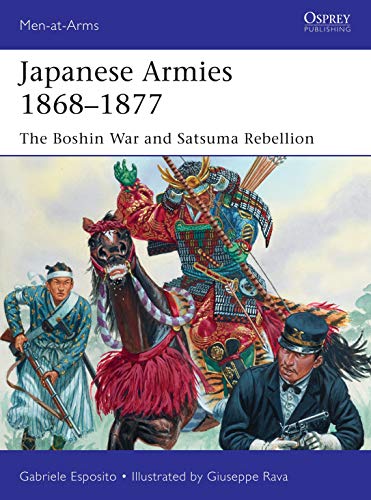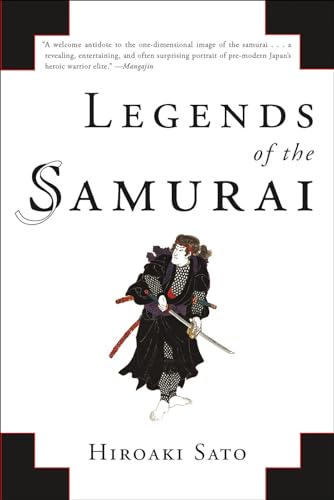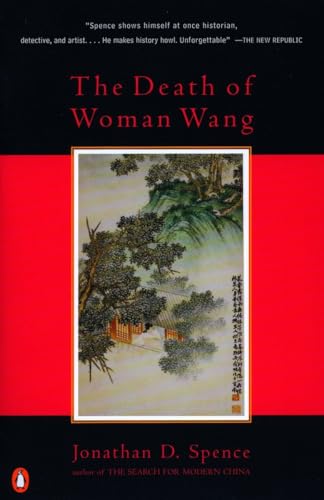
Author: Esposito, Gabriele
Price: $11.92
Category:Asian History
Publication Date:2020-03-24T00:00:01Z
Pages:48
Binding:Paperback
ISBN:10:1472837088
ISBN:13:9781472837080
This title explains and illustrates the 19th-century transition of Japanese armies from traditional Samurai equipment and tactics to those of the Western world, and the armed clashes between the two cultures. The restoration of the Meiji Imperial dynasty in 1868, after 250 years of the Tokugawa Shogunate, decisively opened Japan to the outside world and the monarchy embraced modernization, including the creation of a new Westernized army. However, this modernization process was resisted by the traditional Samurai feudal nobility, leading to a series of battles. The first clash between the two cultures came swiftly. During the Boshin War of 1868–69, a French military adviser, Jules Brunet, changed sides to join the insurgents. They won several engagements before the final crushing of the rebel Ezo Republic. After this point, the Imperial Army continued to modernize along French lines, and social changes began to impoverish Samurai noblemen, who lost their social and political role and their associated privileges. During 1876, the powerful Satsuma Domain, around Kagoshima in southwest Kyushu, became a focus for discontent. Its leader Saigo Takamori effectively ignored the central government, and in January 1877, increasing unrest broke out into open rebellion. The Imperial forces were now much stronger, and the Navy could land troops and bombard Kagoshima. The bitter Satsuma siege and attempted capture of Kumamoto Castle finally failed in April, and the Samurai made a last stand at Shiroyama on September 24, choosing to go down fighting. This marked the final defeat and displacement of the Samurai class. This fully illustrated title explores the fall of the Samurai in detail, examining the arms, tactics, key figures of both sides, and charting the increasing Westernization of the Imperial forces.






